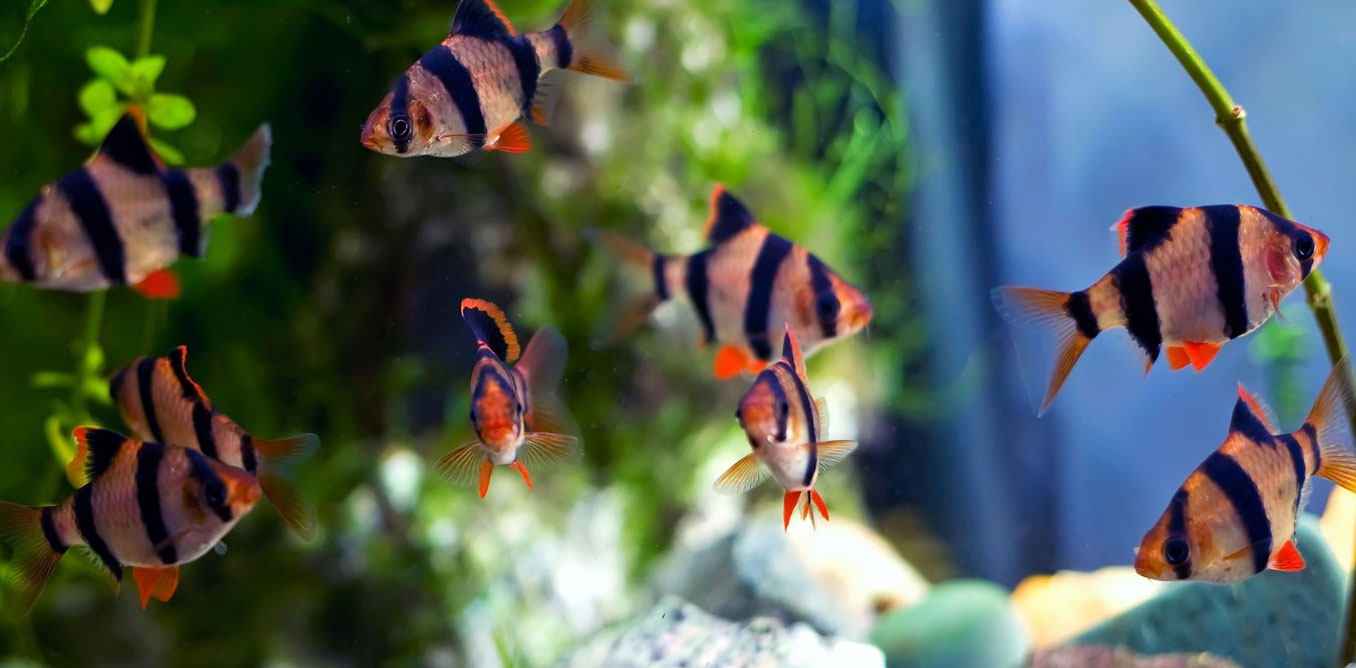
Behind the scenes at a wholesaler tricks and tips for livestock
The key to the success of wholesalers and of this industry on the whole is high turnover of healthy livestock. The very nature of a wholesaler shipping stock out on a daily basis means it is intrinsically difficult to feed fish large amounts of food on a daily basis (I would love to in a perfect world but logistically it’s a nightmare) as having fish purged (or partially purged at least) is critical for better arrival condition of fish to the shops. There are a few things that shops can do to allow new shipments of fish arriving in store to do their best and most stores do this well. However I would like to run a few procedures I undertake that may provide you with new ideas and possibly assist in preserving your stock in the best condition possible.
1. Acclimatisation
Spend time to acclimatise your new stock to your shop tanks and put in practice what most advise their customers to do. This is vital for touchy species and just good fish keeping minimising stress on arriving fish that have been handled and stressed in transport for several hours and in many cases overnight. We undertake acclimatising here for the vast majority of fish and this is best achieved by drip acclimatisation via an airline tube and a valve to control the drip rate. We open incoming bags of fish into buckets (we sell these small 10 L bucket that are ideal for this) and start to siphon water from the destination tanks into the bucket containing the fish ensuring adequate aeration via the drips or by adding an air stone (keep lids/nets on buckets for jumpers!). By doing this over a period of at least 10 -15 mins will ensure your fish are adequately adjusted to your tanks temperature, pH and overall water chemistry with minimal stress.
2. Prophylactic treatments
After enduring being handled and the stressful journey of shipping the protective slime coat on fish can be reduced or damaged and this can increase susceptibility to potential infection by bacteria, fungus and various parasites. We often add salt to newly arriving fish (species permitting) to reduce osmotic pressure on the fish and usually in combination with Melafix which will suppress opportunistic bacteria in destination tanks from infecting newly arriving fish and vice versa. Other treatments I would advise especially for stores running recirculating systems would be to undertake regular (weekly or monthly depending on stock turnover) treatments for flukes and gill flukes using products containing the active ingredient Trichlorofon such as Paragone or Paracide, much in the same sense you treat a dog for fleas. Another very useful and natural tool is Catappa leaves or Indian Almond leaves. Adding these to your tanks will be hugely beneficial especially to softwater species. We have had huge success using them on touchy species such as neons, cardinals, rummynose, bettas, rams and angels etc. So much so that species such as rams and angels have been triggered into breeding in their holding tanks. They also seem to bring out great natural colouration of the fish. The leaves will leach out a tannin like tea which is full of natural anti-bacterials. This in turns hardens fish's scales and has been widely used overseas by many farms, breeders, suppliers and stores for many years now. Interestingly people overseas also use them for their competition Bettas for fighting and gambling to condition their fish before championship bouts as it also strengthens and hardens the Betta’s teeth.
3. Feeding
Once fish have settled in and are happy with their new environment (usually the next day after receiving). Start to feed them well to get condition back on the fish and strengthen their natural immune system. Use of high protein feeds including feeder fish, black worms and beef heart can provide much needed sustenance and most stores have a wide range of top quality feeds to suit most fish.
4. Treatments and medications
Although usually used as a last resort medications can be an invaluable tool in ensuring the overall health and long-term stability of your stock. As you all would know how quickly pathogens can reproduce in water at tropical temps means that extreme vigilance on your fish's behaviour and mortality is key to catching problems early before they get out of hand and beyond successful results from even the best medications (checkout the next article which examines common diseases and cures)
5. Temperature
Most fish experience higher metabolism at higher temperatures. One exception being axolotyls who is one of the few animals whose metabolism actually increases as temperature decreases. In saying that temperature plays a big role when holding fish and should be set low enough to reduce metabolic rates and thus reducing body waste yet high enough not to expose your fish to the risk of white spot. I would recommend temps in the vicinity of 24-26 degrees for most tropicals (species dependant) and about 30 degrees for discus. For cold water species the colder the better. By keeping a close eye on temperature and not keeping it too high you will also reduce the reproductive rates of opportunistic bacteria and pathogens and thus giving yourself a better reaction time to treat issues that may arise.
6. Water parameters
Addition of shell grit bags or coral rubble to tanks, filters or sumps will increase the kH (carbonate hardness) of your water and help to stabilise fluctuations in pH. Having a stable pH will indeed make fish more comfortable (species dependant) and less prone to stress related issues and is critical for heavily stocked tanks or if heavily feeding is being undertaken. This will prevent crashes in your systems/tanks provided regular water changes are done (we do 20-30% water changes once a week and more if heavily stocked or if extra feeding is being done).
7. Training and education
I implore all store owners to ensure their staffs are up to date with their knowledge and understanding of the fundamentals of fishkeeping from water parameters to tank mate suitability. If staffs have a sound understanding of this it can only have positive flow on effects not just for the health of fish in store but also for your customer’s tanks. You wouldn't buy a car from a car salesman that didn’t know about the cars he was selling so why would it be any different for someone selling fish?
We all spend so much money on livestock that it is vital for them to have the best start possible and be ready to make the next jump to your customer’s tank in the best condition possible. I believe if you follow these few simple steps your stock will flourish and will do so much better off than just chucking them in your tanks and hoping for the best. In the end if your fish are thriving in your tanks your customers will notice and will also succeed when they take them home. By having healthy stock will ensure return customers and is essential for a successful store.
